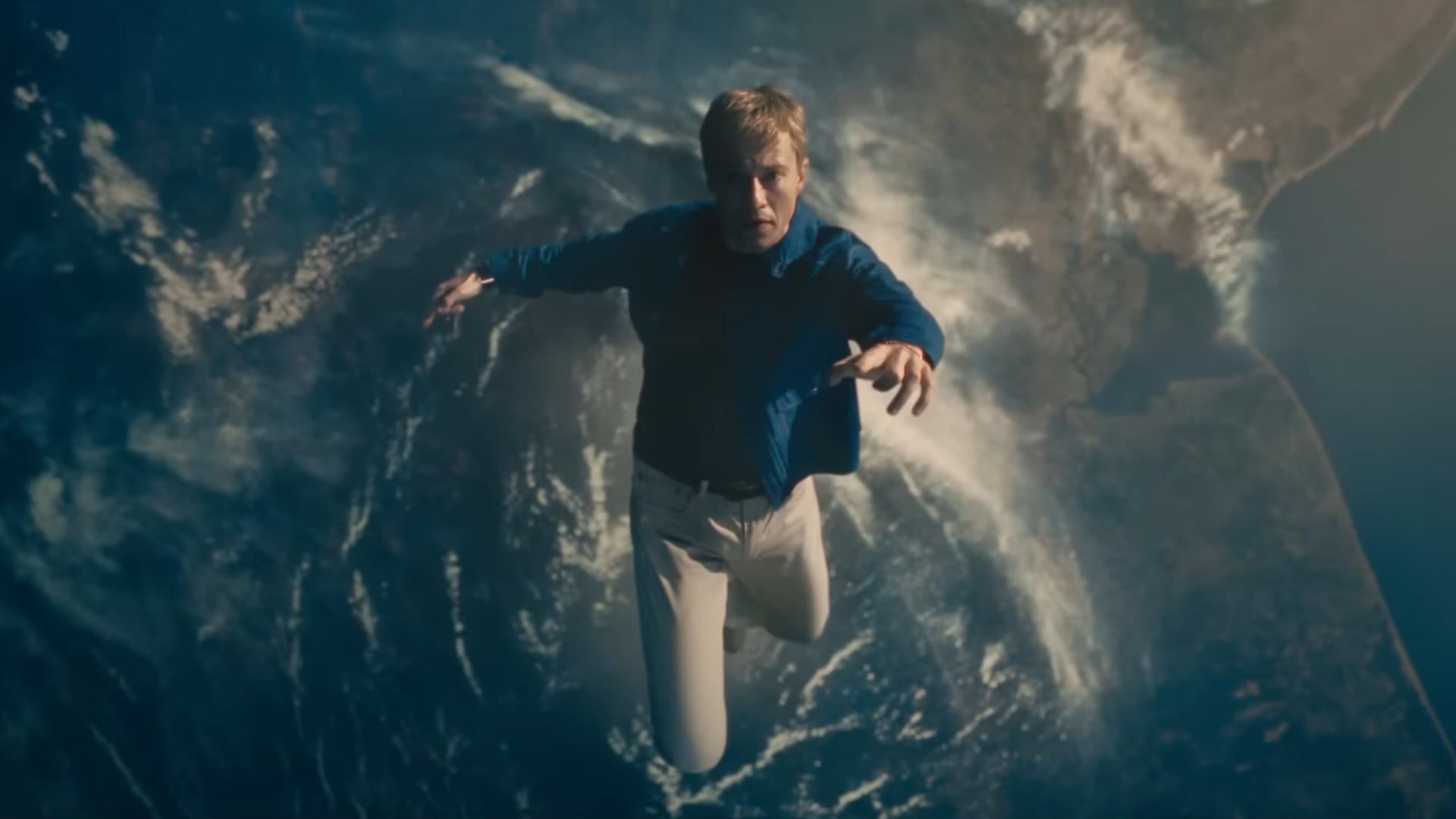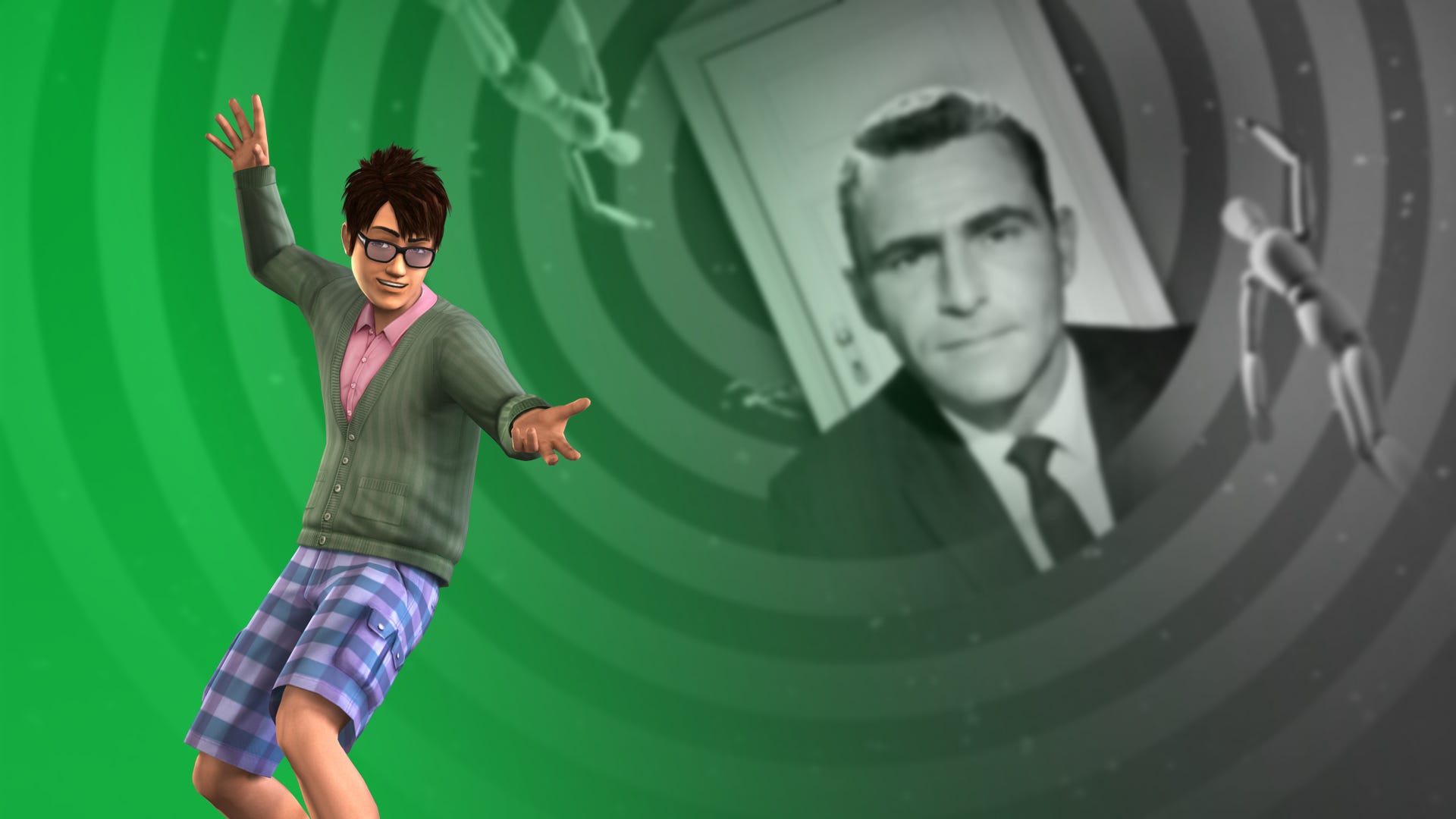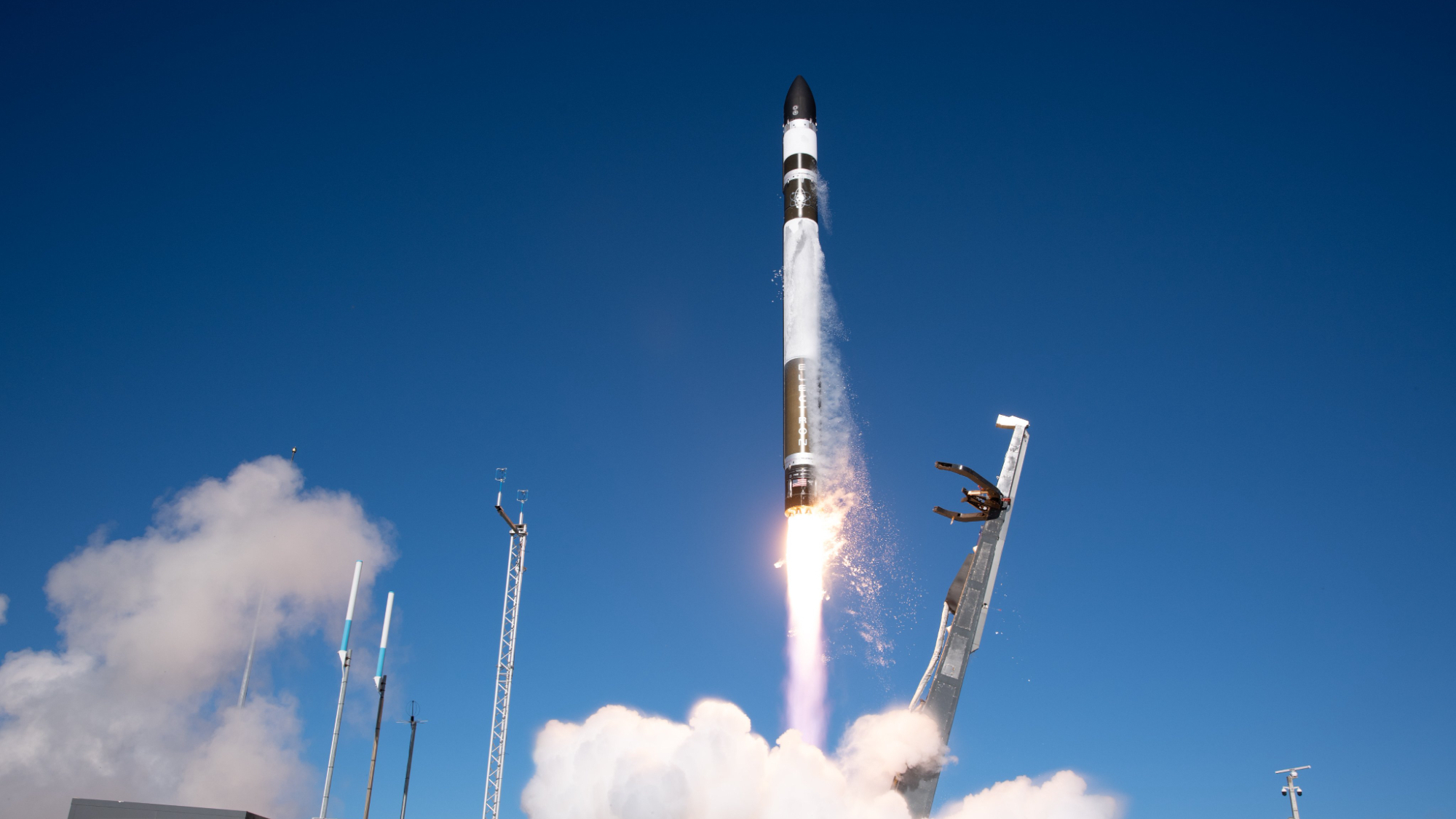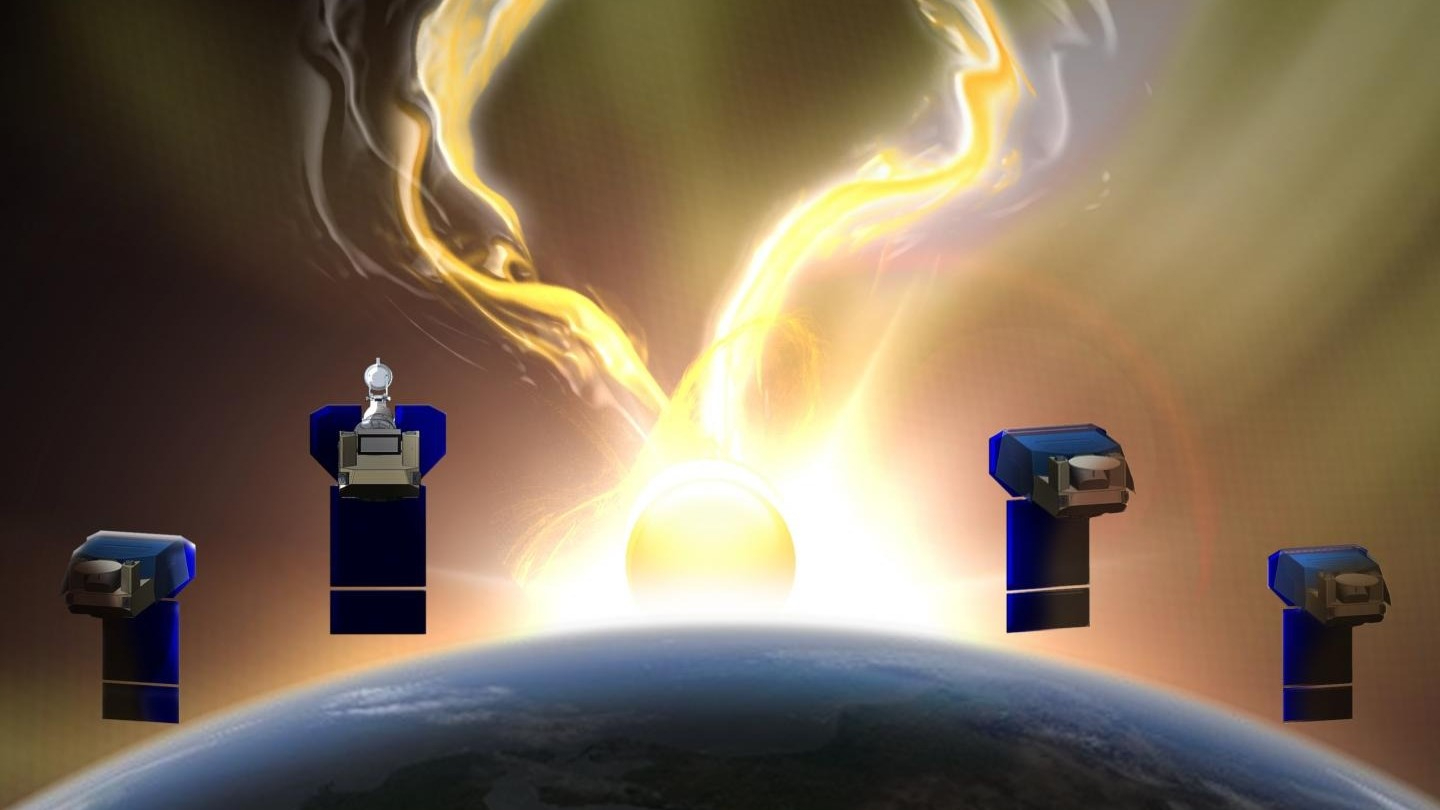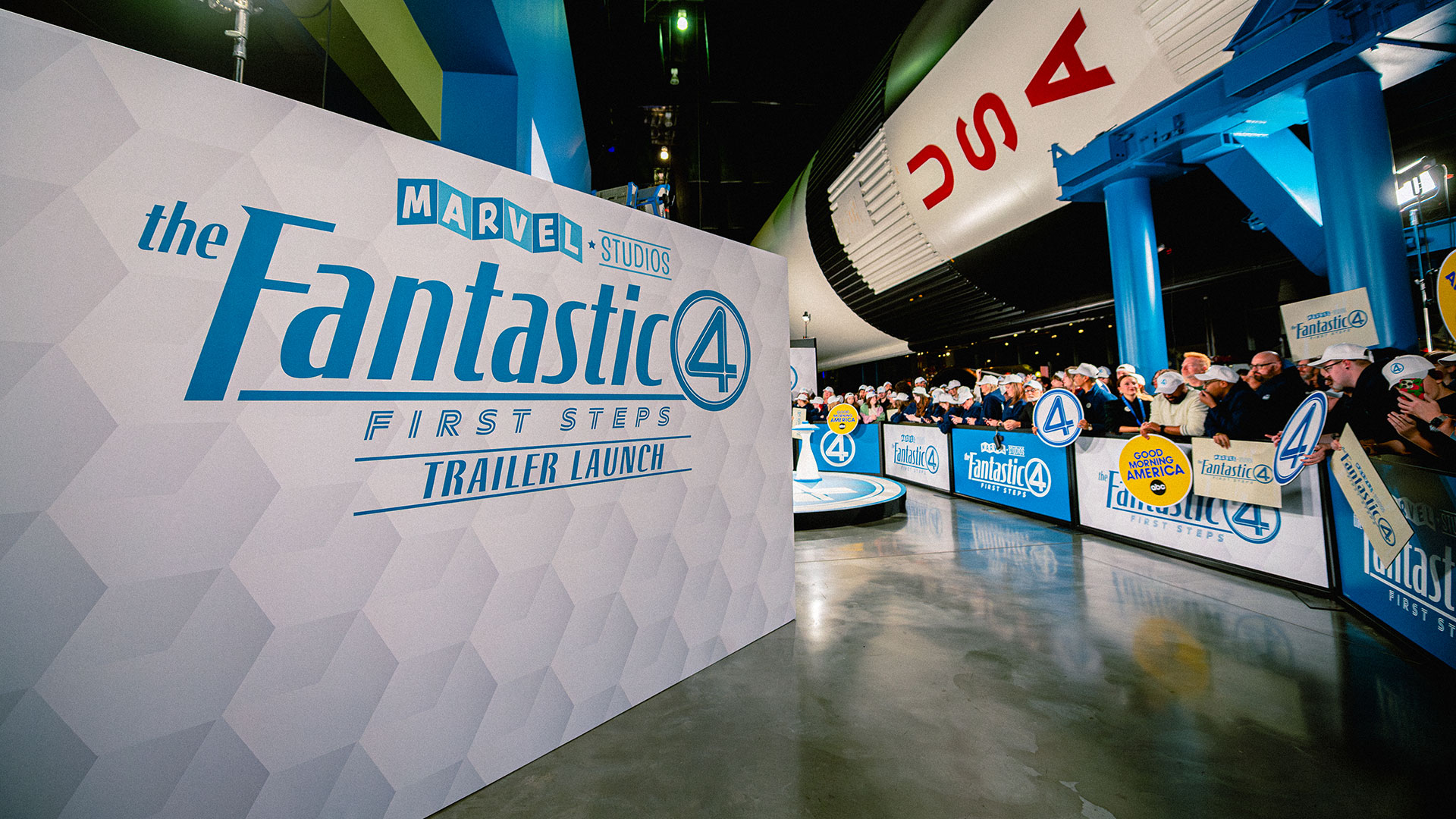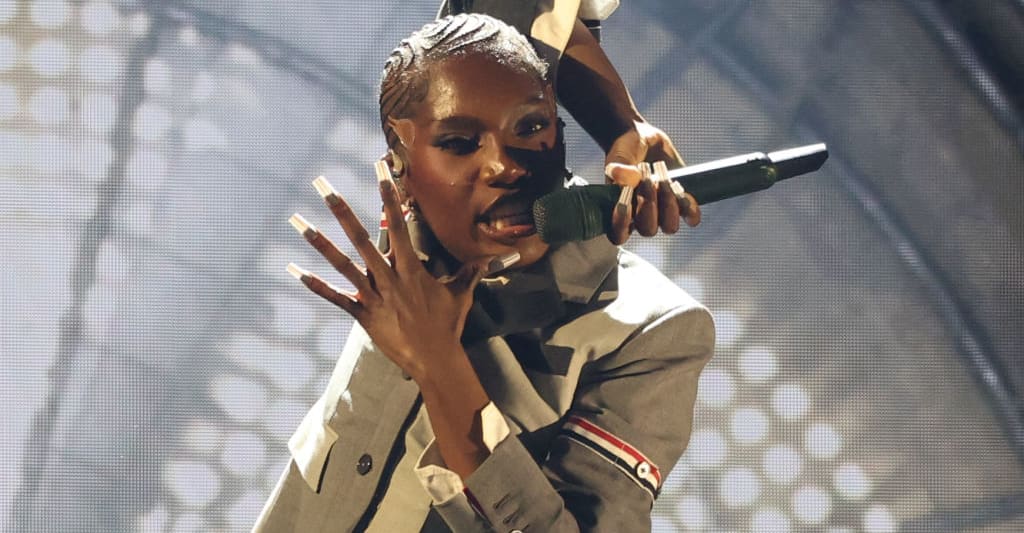Why The NFL Doesn’t Use A Chip To Spot The Ball, Explained
Getty Image The controversial fourth down stand by the Chiefs brought up an age old question: Why doesn't the NFL use a chip in the ball to spot it?
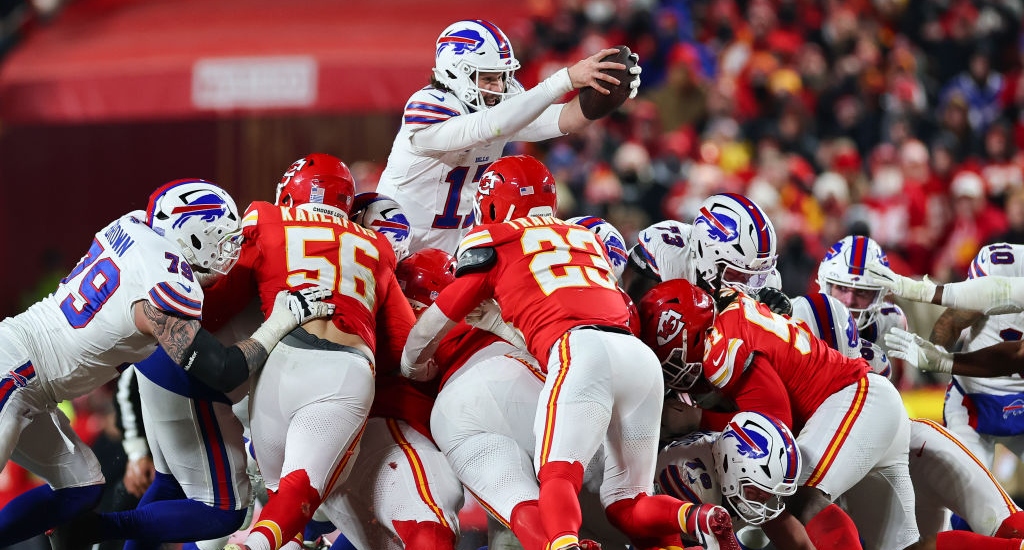
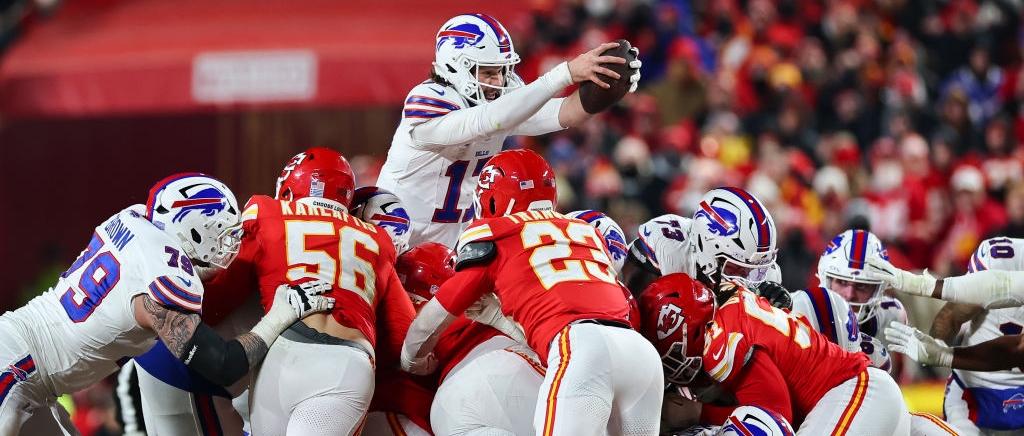
The Kansas City Chiefs punched their ticket to a fifth Super Bowl in seven years on Sunday night, as they beat the Buffalo Bills in yet another thriller between the two AFC rivals. It was as good a football game as you’ll see, with both offenses operating at an incredibly high level, led by the individual brilliance of Patrick Mahomes and Josh Allen.
The game ended, effectively, on a failed 4th-and-5 for Buffalo near midfield, when Steve Spagnuolo dialed up a diabolical pressure, faking a double-A gap blitz and bringing two DBs off the right side instead. Both blitzers came free at Allen, forcing him to backpedal and bail off of the orbit motion to the left and heave one downfield to an open Dalton Kincaid, who could not make the diving catch as he came back to the ball. From there, the Chiefs picked up two first downs and put the game on ice with knees.
It was a wonderful game with big plays made on both sides, but one of the talking points that emerged afterwards was the issue of how the NFL spots the football. The reason that came up is a controversial spot on a 4th-and-1 QB sneak by the Bills, who got stuffed a few times as the Chiefs knew Allen would try and go to the left side of the line and walled it off. On this particular play, Allen got extremely close to the line to gain as he got stood up by the pile, and the far side official ran in with a mark that would’ve been a first down, but the play-side official came in and marked him just short. The play-side line judge is the one that gets the final call in officiating mechanics because he had the clearest line of sight — replay from the far side showed that as Allen got close to the line, you could no longer see the ball among the sea of bodies.
Unsurprisingly, the play stood as called on review because there was not a clear angle of the ball, but it remained controversial because, one, the Chiefs were the beneficiaries and, two, it brought up the age-old complaint: why does the NFL not have a better method for spotting the ball than two old guys eyeballing it?
It’s an understandable question, one that pops up every time there’s a controversial spot in the playoffs — with bonus points if they use the chain to measure, which drives people even further insane. Recently, people have been even angrier because the NFL does actually have chips in the ball and uses that data for their Next Gen Stats feature, but does not use it for spotting the ball. So, why does the NFL have the technology to know where the ball is at all times but not use it? Well, there are two major reasons.
The first is, having data on exactly where the ball is only matters if you also can pinpoint when a player is down by contact (and when officials blew the whistle for forward progress). I’ve often asked folks who insist we should use chips to spot the ball how they would address that issue, and none can really come up with a good answer. It’s not something you can solve with sensors or the like, because it’d be impossible to determine what the contact is from — another player, the ground, a teammate, etc — or when the whistle blew without going to video.
That gets us to the second (and most important) reason the league hasn’t gone to spotting the ball via chip, which is it would bring the game to a halt after nearly every single play. If you thought the occasional replay review ruins game flow, imagine if they had to go over the video on every single play to determine exactly when a guy was down by contact, pinpoint the exact spot where the ball is, and then have the official place the ball at that exact location. It would create a slog of a game with various stoppages and would turn into a complete nightmare in hurry-up situations. There would be some easy ones, but if the point of the chip is to spot the ball exactly correct every time, you can’t pick and choose when to use it and only have it be in high-leverage situations.
That would mean reviewing every single play which, at the least, would slow down the spotting process most plays and at times require them to stop the game entirely to figure out exactly where the ball should be spotted — think about how long it takes them to review plays on the goal line, and imagine if that happened once or twice per drive. Perhaps that’s what some folks want, but I do not want every game to become a 4-hour affair with constant stops and starts to spot the ball.
The NFL has clearly looked at ways to make these processes better. They use expedited review now to correct egregious errors in real time, which is an improvement and a good way to use the technology we have without completely disrupting the game. If there were an obvious solution that didn’t completely wreck the rhythm of the game, I promise you the multi-billion dollar enterprise would have made the switch. That doesn’t exist though, so we continue to have a chain gang and officials spotting the ball.
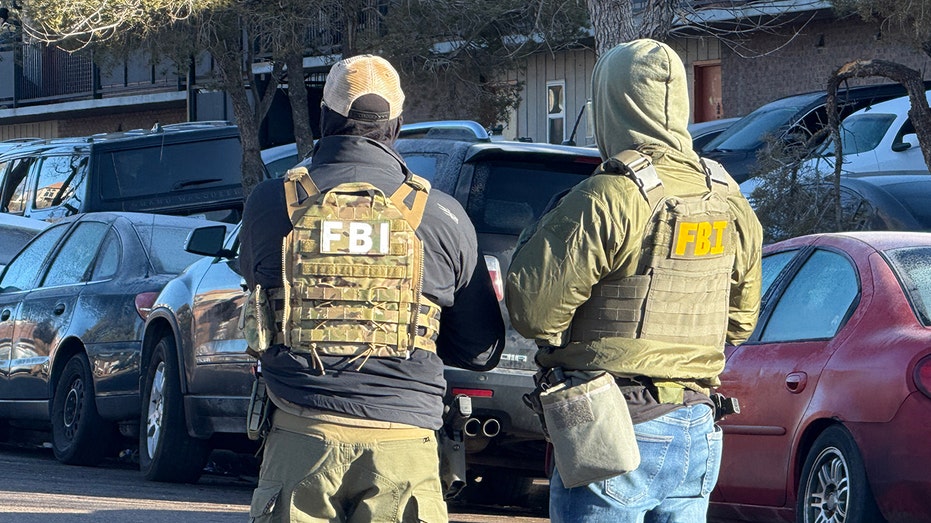
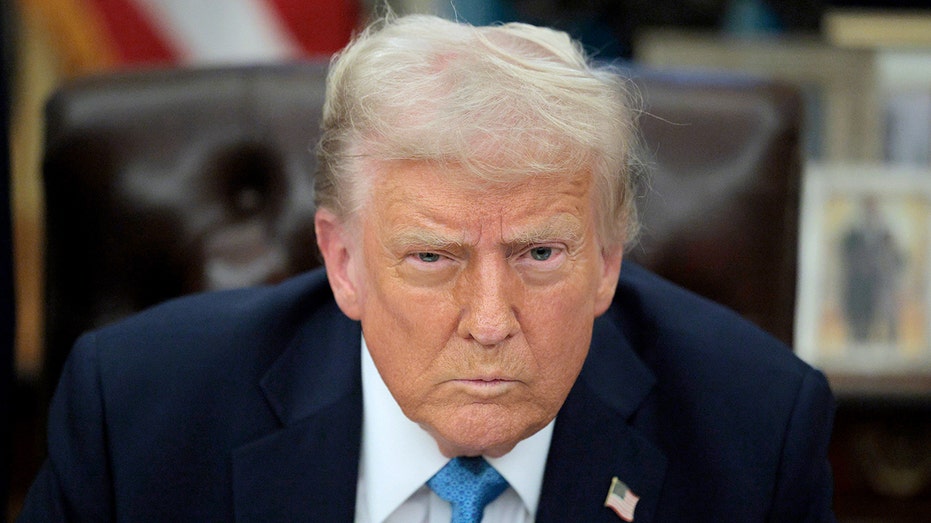















_Agata_Gładykowska_Alamy.jpg?#)



